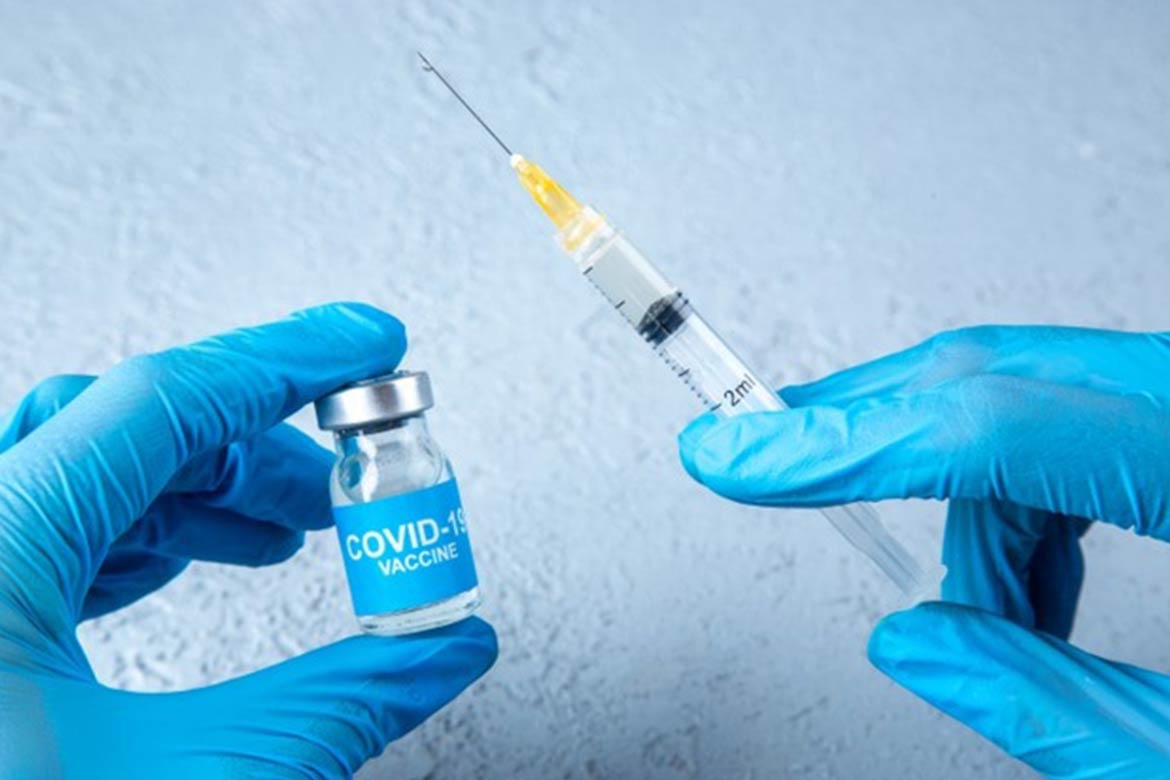Ever since the COVID-19 pandemic hit the world, the scientific community of this planet came together and stand in solidarity. With the combined efforts of medical scientists, COVID-19 vaccines were prepared in an unrealistic timeline.
So far, WHO has given its approval to 10 vaccines worldwide. Although the objective of all vaccines is the same, they work through different mechanisms. Broadly 4 types of COVID-19 vaccines are available. Let’s see how these different vaccines work.
- mRNA vaccine:
mRNA vaccination is a method that induces the body to produce viral proteins on its own. mRNA vaccines use mRNA or messenger RNA, a molecule that essentially participates in the action of DNA instructions. Inside the cell, mRNA is used as a template for making proteins.
To produce an mRNA vaccine, scientists produce a synthetic version of the mRNA that a virus uses to manufacture its infectious protein. This mRNA is then transported to the human body, whose cells receive it as instructions for manufacturing that viral protein and therefore manufacture some of the virus molecules themselves.
These are single proteins, so they cannot assemble to form a virus. The immune system then detects these viral proteins and begins to develop an immunity to them.

Also read: What Is A Precaution Dose? Why We Need It And Its Status In The World?
The mRNA vaccine is considered safe because it is known to be non-infectious, non-integrated in nature for transmission by standard cellular mechanisms. They are highly effective because of their inherent ability to translocate into the protein structure within the cytoplasm.
Notably, mRNA vaccines are completely synthetic and do not require any organisms for their development.
- Inactive virus vaccine:
Inactivated vaccines are known for their safety and easy manufacturing process. According to researchers, this vaccine is the most suitable way to prevent the spread of coronavirus and its side effects.
For making this vaccine, a large number of viruses are first cultured and then they are killed by chemical processes or heat. Although this pathogen is killed or its reproductive capacity is destroyed, many parts of it like spike protein remain connected.
In addition, antigens recognized by the immune system are also left protected. When this deadly virus is introduced into the human body, the body’s immune system treats it as alive and reacts through the release of certain antibodies, which act as an inactivated virus vaccine.
- Viral Vector vaccines:
To make a viral vector vaccine, the virus strain is first genetically treated to make it non-infectious. Unlike inactivated vaccines, these vaccines use different harmless viruses. This harmless virus enters the cells and undergoes a cell mechanism to produce a spike protein. The spike protein is found on the surface of the virus that causes COVID-19.
These cells show the spike protein on their surface, and our immune system recognizes such alien structure. This triggers our immune system to generate antibodies and activates other B-cells to fight off the infection.

- Protein Sub-unit vaccine:
In a protein subunit vaccine instead of the whole virus, fragments of it are used to trigger an immune response. In the case of different COVID vaccines, a harmless spike protein is used as such part.
Once the immune system recognizes the protein, it produces antibodies to fight the actual infection.
Later, when a real virus is encountered in the future, the immune system has trained fighting cells. The antibodies attack these external parts of the virus and destroy them quickly. Wherein spike proteins- harmless in themselves, are incapable of causing COVID infection. These are intricately formed within insect cells. The protein is then purified and added to an adjuvant that enhances the immune response.
The biggest advantage of these vaccines is their easy production and the least logistics and storage cost among other types of vaccines.
